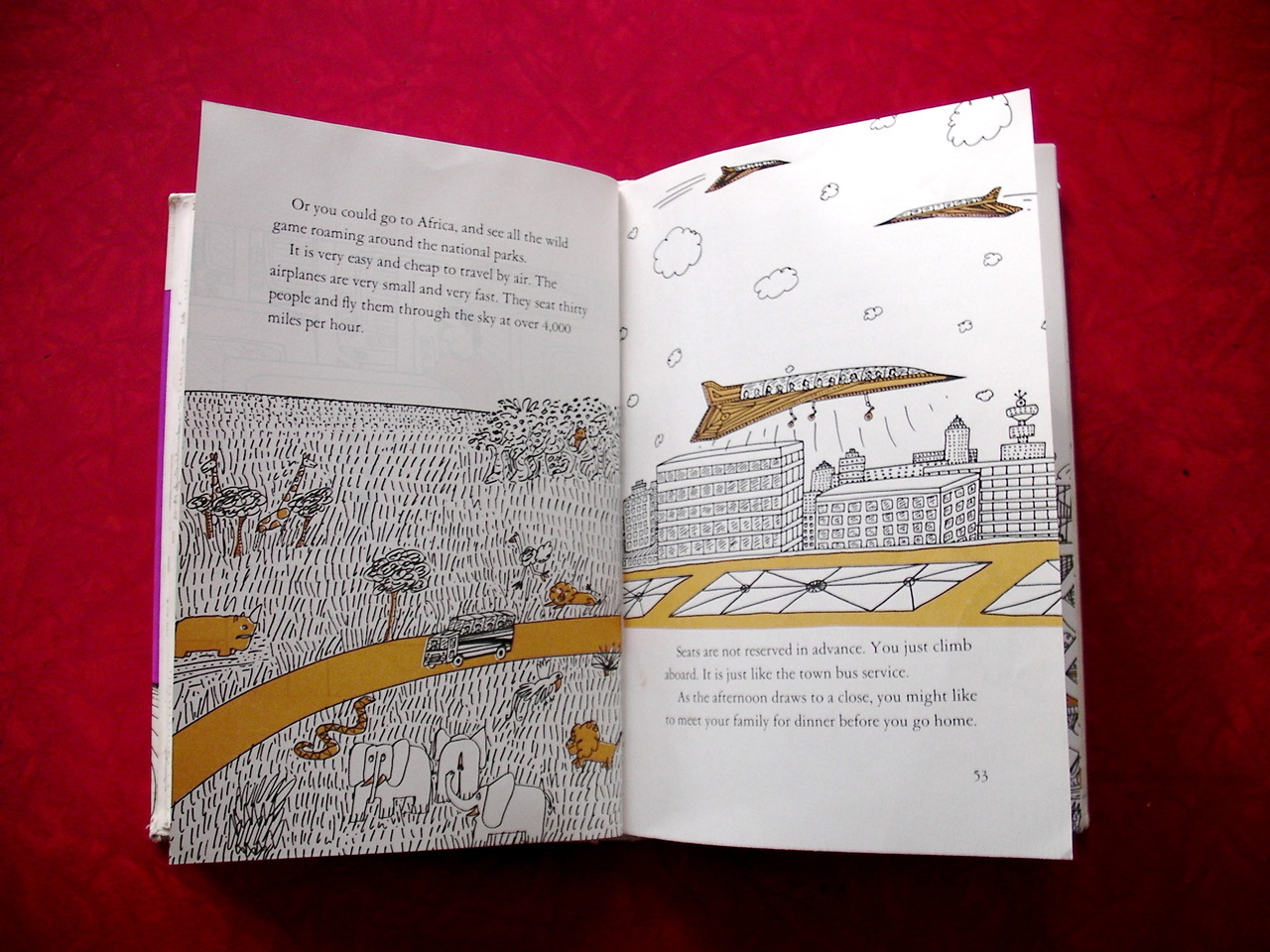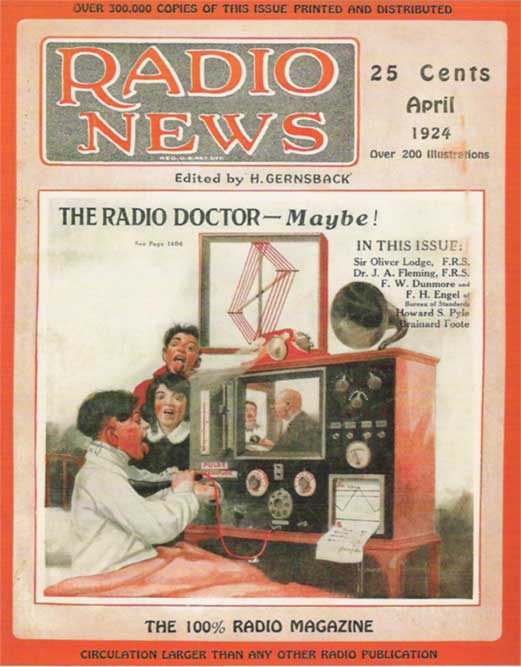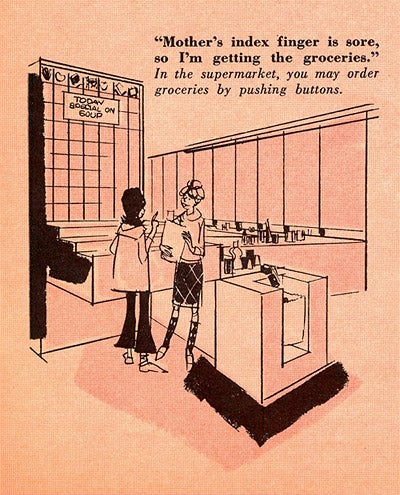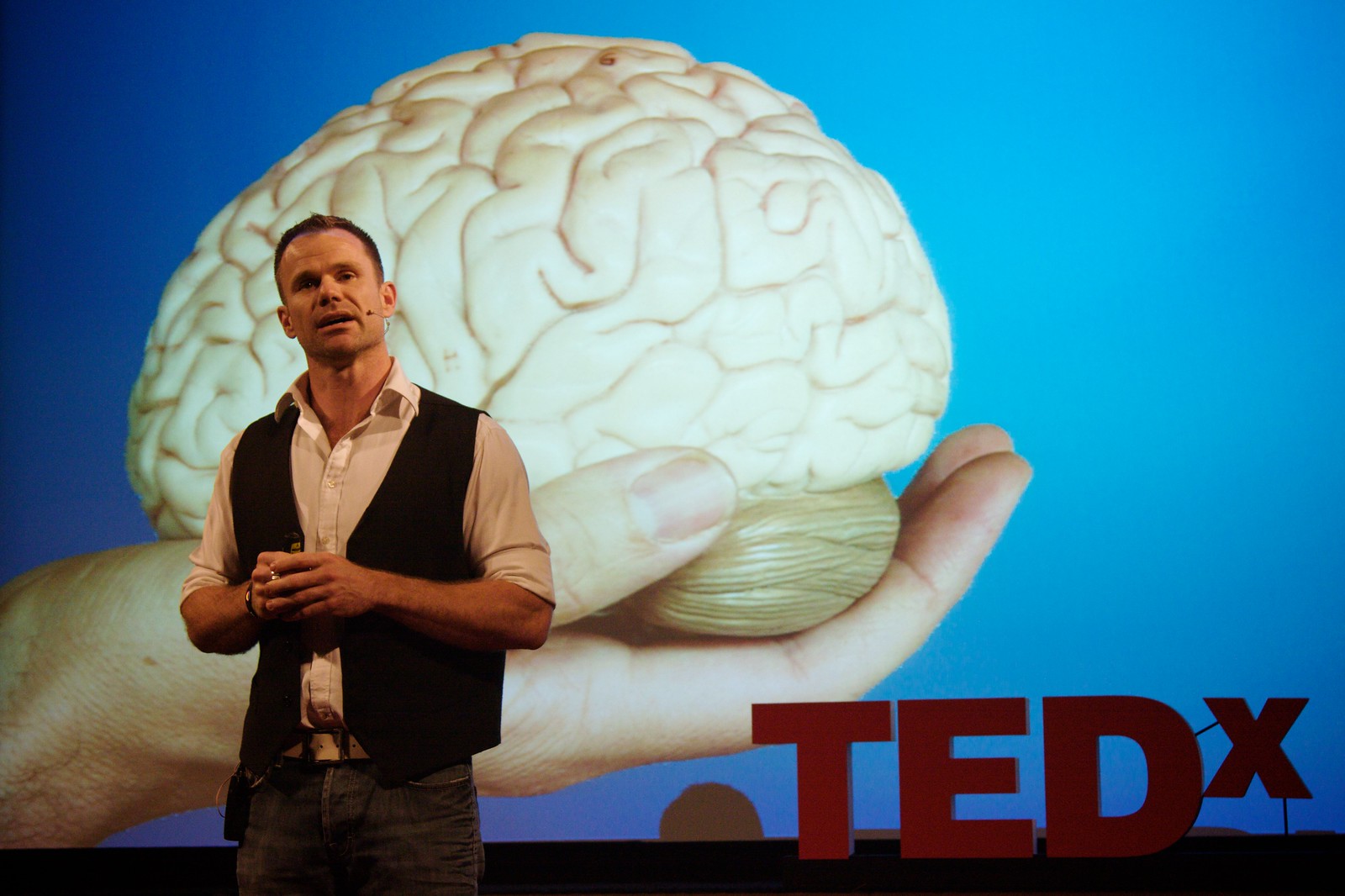As 2010 draws to a close, I thought I’d take a moment to recap my blog posts during the year.
I hope you take the opportunity to read any that you may have missed.
Oh, and please leave a comment or two or three…!
Learning theory & instructional design
• Taxonomy of Learning Theories
• Theory-informed instructional design tips
• The two faces of blended learning
• Style counsel
• Art vs (Information) Science
Informal learning
• My award-winning IQ
• Online courses must die!
• The ILE and the FLE in harmony
• How to revamp your learning model
• Open Learning Network vs ILE
Social media
• Social media: It’s not about the technology!
• Social media: Prevention is better than cure
• The 4 lessons Kid Fury teaches us
• I stand corrected
• How not to do social media
• Why Gowalla should merge with Foursquare
• Sharing is caring
Knowledge management
• Art vs (Information) Science
• Erin doesn’t get it
Government 2.0
• London, New York, Parramatta
• I stand corrected
Blogging
• Thickness of skin required
• Greetings from the E-Learning Provocateur
• Sharing is caring
E-Books
• The age of the e-book
• The end of publishing as we know it
Engagement
• The elephant in the room
• Shades of green
• The Melbourne Cup: it’s not about the horses!
Events
• My 1-liners from LearnX 2010
• My 1-liners from TEDxCanberra 2010
Cartoons
• The ingredients of intelligence
• Campus firestarter
• A short history of spam
• Thickness of skin required
• Trending: Sydney
• Selective tolerance
Miscellaneous
• Confucius 2.0
• Green e-learning
• Honest football
• The two types of augmented reality
• Swimming against the tide
• Square pegs and round holes
• Facts are a bitch
• Smartfailing the vintage future
• Allergic to ATNA







